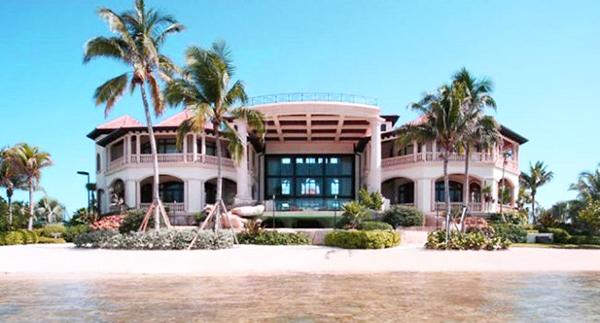
REOs and Comparative Value
Article provide by Barry K. Rothman
Bank real estate owned (REOs) are sold to buyers in as-is condition. The property is a prior foreclosure. Perhaps the previous owner no longer cared to maintain the property. This fact alone can require the new owner to add significant capital to the cost basis price. Most bank owners don’t want to make repairs or even lower their asking price to compensate for the buyer’s added costs. Although it’s important to negotiate when possible, most buyers of REOs understand they’re going to perform repairs in addition to the purchase price.
Transaction Closing
The time needed to close the REO property can take at least thirty days or longer. There can be close date delays and the buyer may become frustrated at the stop-and-start process. In most REO transactions, various employees of the financial institution must review and approve the transaction. If any one of the bank’s employees doesn’t like the deal, the buyer has no recourse but to find a new property or present other terms.
Owner Priorities
Most banks are sophisticated sellers. When the bank acquires a property upon which the mortgage was held, it’s usually first presented at auction. If the property doesn’t sell at that time, there’s no reason for the bank to sell at a loss just to liquidate the capital invested in it. The first goal of the bank is to recover equity as well as costs to carry the property since foreclosure proceedings. The bank may be unwilling to sell the property at a discount and, in many cases, the new buyer will pay at or above current market value. It’s essential to engage an experienced independent appraiser if the new buyer isn’t familiar with the current market. Comparison of the REO and recent traditional sales may show the buyer isn’t getting a great deal.
Barry K. Rothman is an attorney from Los Angeles specializing in business, family and real estate matters.



